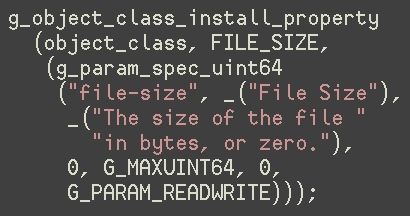
High-tech tools to evaluate applications in software engineering are supporting the use of cutting-edge programming languages that are poised to facilitate software development.
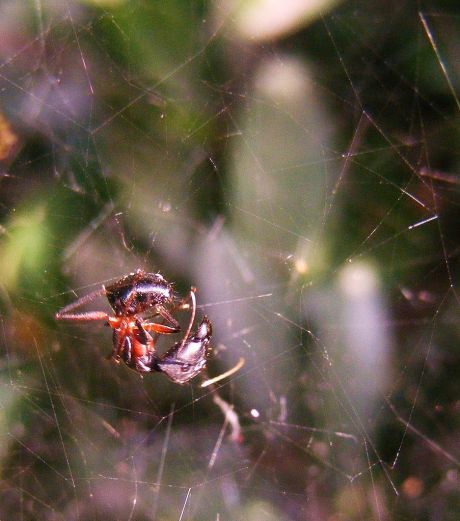
Error propagation is a common feature of every complex network. EU-funded scientists studied this phenomenon to understand how information spreads over networks, knowledge that may lead to improvements in their performance.
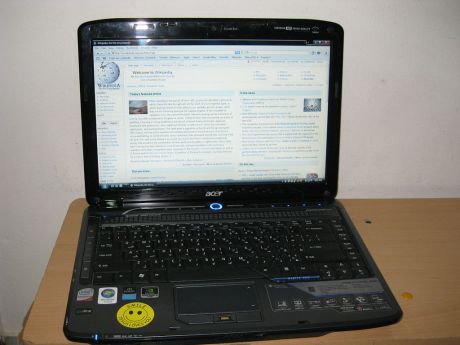
An EU team extended an earlier project, yielding a mashup system enabling companies to rapidly develop software applications. Offering new tools and interfaces, plus community interaction, the demonstrator was successfully applied to risk-analysis.

An EU team has provided new capability for transmission of high-quality remotely sensed video. Superior compression techniques overcame previous limitations, improving performance from low-power drones and offering new low-light applications.

An EU team advanced the concept of internet vision. Outcomes include two new algorithms for server-processing sets of digital photographs, which improve storage efficiency and 3D interpretation, plus extend smartphone battery life.

An EU team has developed associations among three universities. The research involved wireless broadband networks, potentially leading to significant performance improvement combined with lower power requirements.
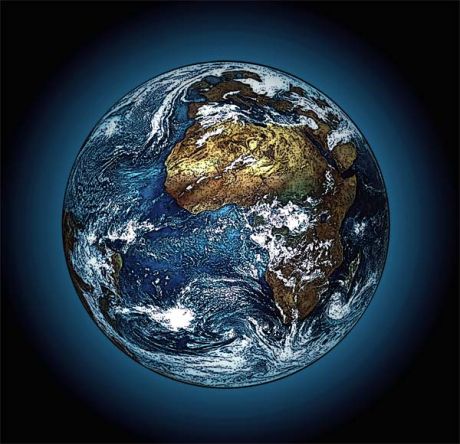
An EU team examined the mathematical properties of networks. Focusing initially on internet applications, the results improve stability and efficiency, while also illustrating the interesting features of all other kinds of networks.
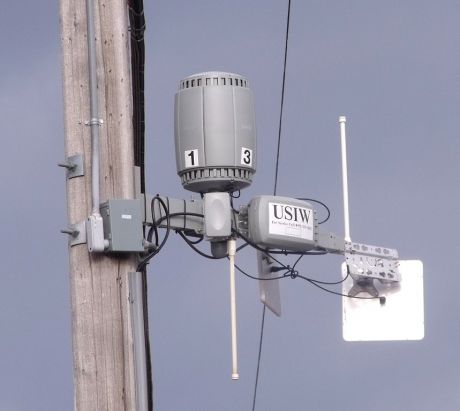
While creation of test beds for novel wireless cooperative networks was halted due to force majeure, a golden opportunity remains for a future EU-funded project to investigate this promising technology.

EU-funded researchers are working on a shared infrastructure with access to Earth observation (EO) data, high-performance computing solutions and near-real-time data ingestion.
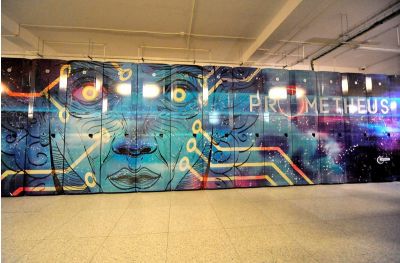
Prometheus, the fastest supercomputer ever built in Poland, owned by ACC CYFRONET AGH was ranked 49th on the world’s TOP 500 list of fastest computer systems, which was published on 13th July this year.

Experiments on the way emotion-eliciting news can change citizens' political perceptions and behaviour offer novel understanding. They indicate that positive emotional cues in the news create better emotional reactions and generate a positive influence on citizens' political behaviour.

A new ‘lab-on-a-disc’ technology developed by an EU project research team can diagnose malaria and other febrile infectious diseases simultaneously in just an hour – allowing faster point-of-care treatment and precise drugs administration that could save thousands of lives.
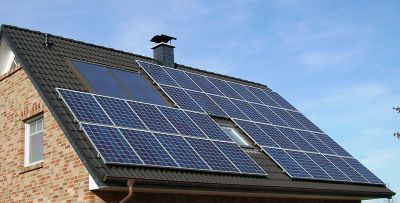
EU-funded researchers are creating a website that provides a bird's eye view of building roofs and assesses their suitability for solar energy technology.

An EU-funded research initiative has made significant contributions to the field of historiography through its study of its ecclesiastical censorship. Specific to 16th century Early Modern Europe, the study focused on the theoretical basis and consequences of censoring history.
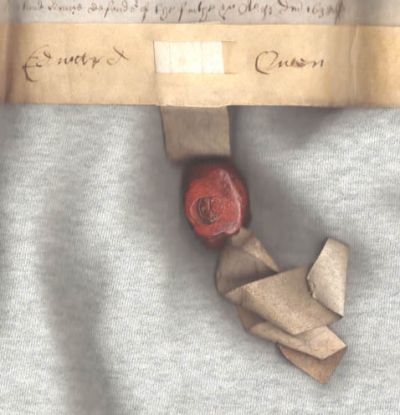
Parchment was the medium of medieval Europe. An EU-funded study developed an innovative, non-destructive way to identify the animal species used to develop this material.
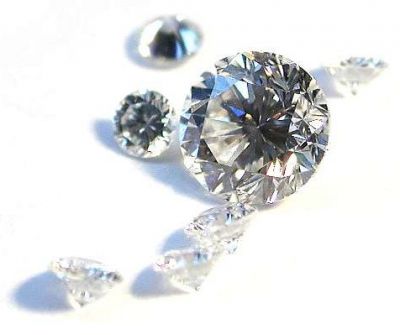
Diamonds – highly desirable lumps of carbon. But while their use to jewellers is well known, their hidden secrets are being revealed by the DIADEMS project. By modifying the structure of a diamond crystal, the project creates a new material that could be used in applications, from the creation of smart medicines to the next generation computers. The EU project is helping Europe stay at the forefront of research into atomic scale sensors.

European broadcasters and technology companies have teamed up to set the trend for future TV services. Thanks to EU funding under the HBB-NEXT project, they were able to further the integration of TV and Internet technologies.

An EU-funded initiative for creating a European music industry roadmap has led to a series of music technology events around the world. Five Music Tech Fest events have already been held and 13 more are scheduled for the coming year, covering eight countries and drawing hundreds of participants.
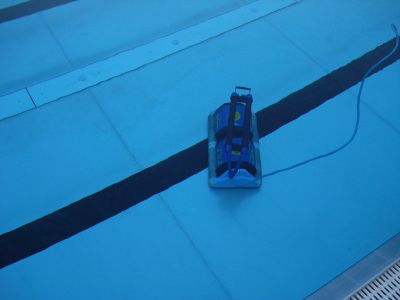
It is where we all came from and it is vital to our future, but the earth’s oceans, seas and waterways remain a mystery to us – a final frontier. The Sunrise project is at the forefront of a revolution in communications, creating an underwater ‘internet of things’, that will mobilise robots to work in groups, interacting together and passing back information to us on life underwater.
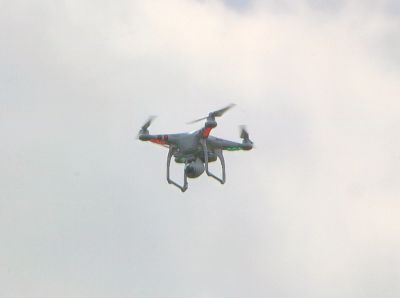
There are many situations where it’s impossible, complicated or too time-consuming for humans to enter and carry out operations. Think of contaminated areas following a nuclear accident, or the need to erect structures such as antennae on mountain tops. These are examples of where flying robots could be used.
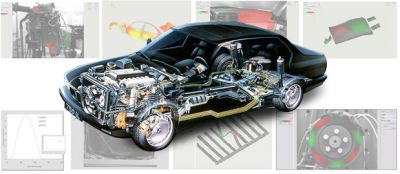
We’ve all dreaded the moment, as we’re driving along, when the car starts to shake or rumble for no apparent reason. Or wondered nervously at the shuddering of an aeroplane as it takes off or lands. But what causes such vibrations? An EU-funded project to develop sensor systems that collect vibration information is yielding potentially game-changing results.
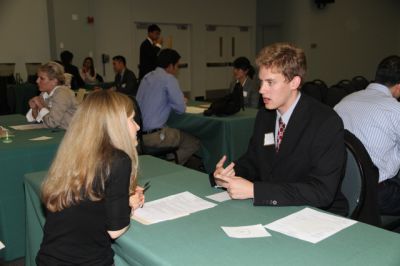
Nearly a quarter of Europe’s adults under 25 are not in education, employment or training. These so-called NEETs are struggling to get on the first step of the employment ladder in this harsh economic climate. Young adults say that they need more confidence to get through job interviews but, with opportunities so scarce, they often go into interviews feeling nervous and underprepared. Now an EU-funded research project that uses virtual reality is helping to change that.
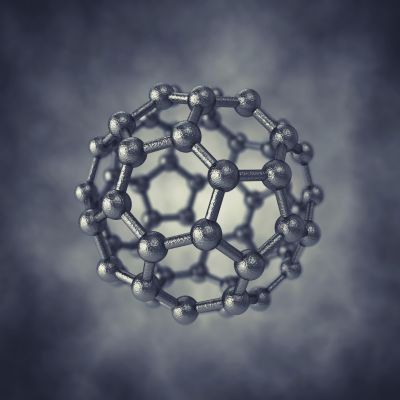
You might think that such a new 'wonder material' would lie outside your everyday experience, but graphene is the exception. When you write or draw with a pencil, the graphite (the 'lead' of the pencil) slides off in thin layers to leave a trail - the line on the paper. Carbon's ability to form a thin layer of molecules is what makes graphene special - and scientists are starting to explore the possibilities for electronics and computing of carbon grids that are just one molecule thick.
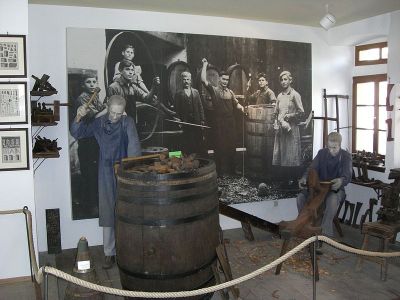
Stories are an integral part of our lives. From bedside tales as a child to a good book, film or a chat with friends, stories help define our social activities, culture and history. A team of EU-funded researchers are exploiting the power of good storytelling to engage museum visitors, helping people delve deeper and gain a clearer understanding of everything from history to science.

Text, illustrations, paintings and - more recently - photographs, video and audio recordings, much of them now digitised, recount many aspects of European history, from major international events to personal stories. Now, new technology is being brought to bear on these treasure troves of historical information, thanks to EU-funded researchers whose work promises to shed new light on the past.
























